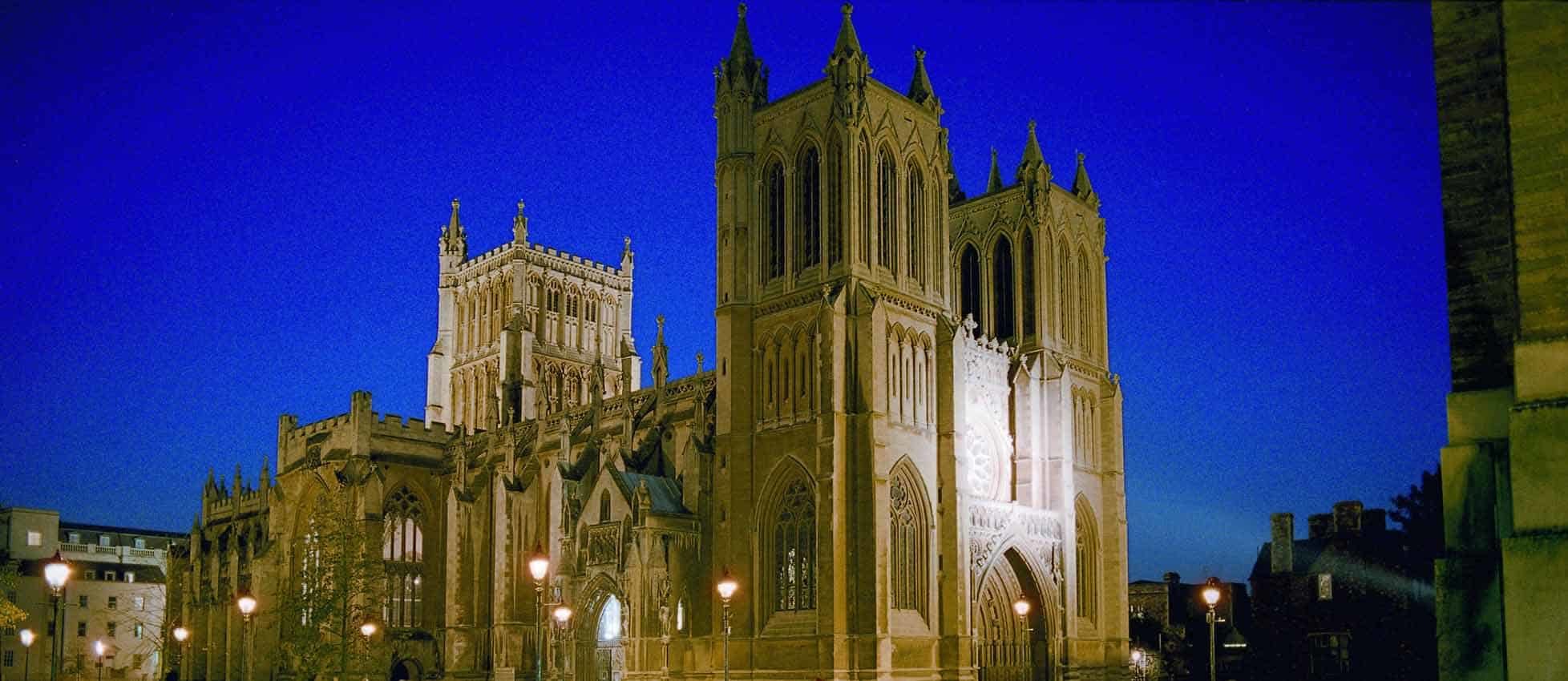
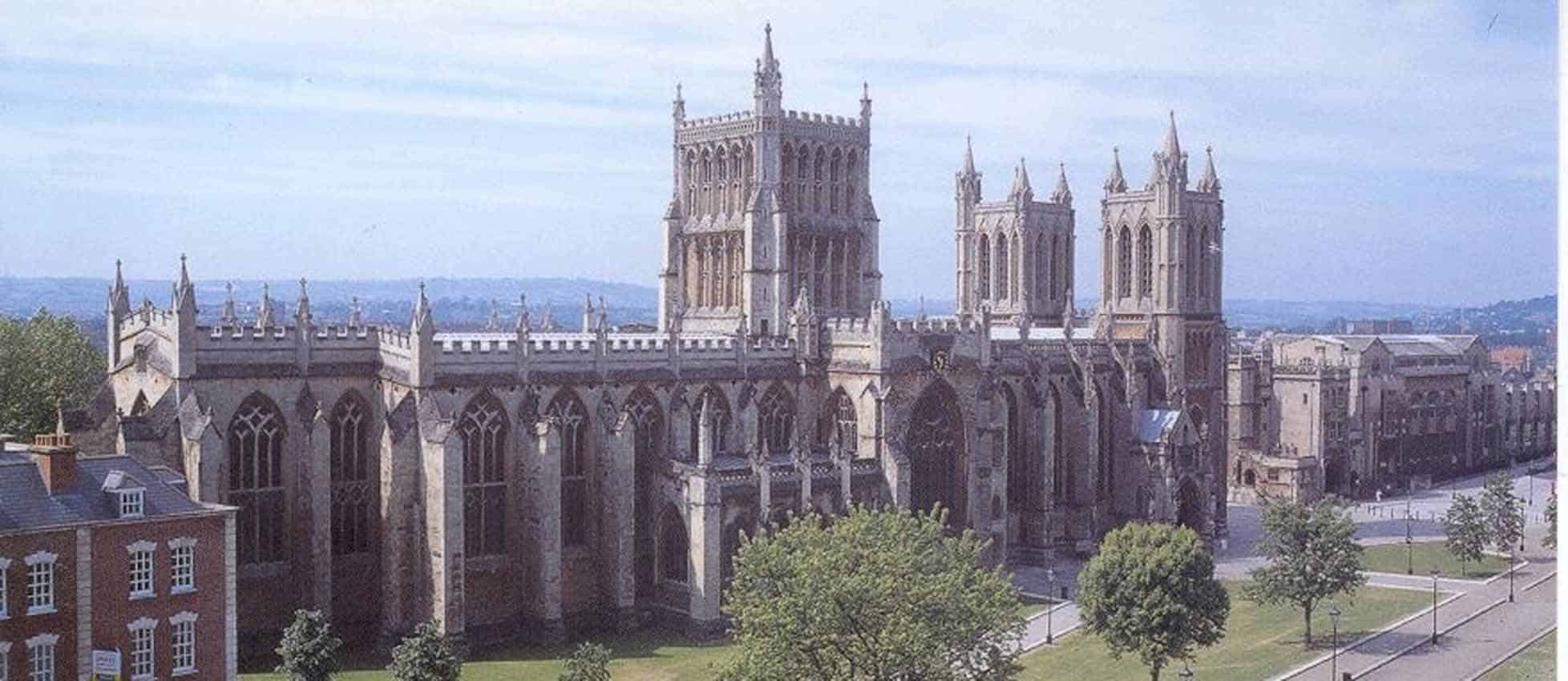
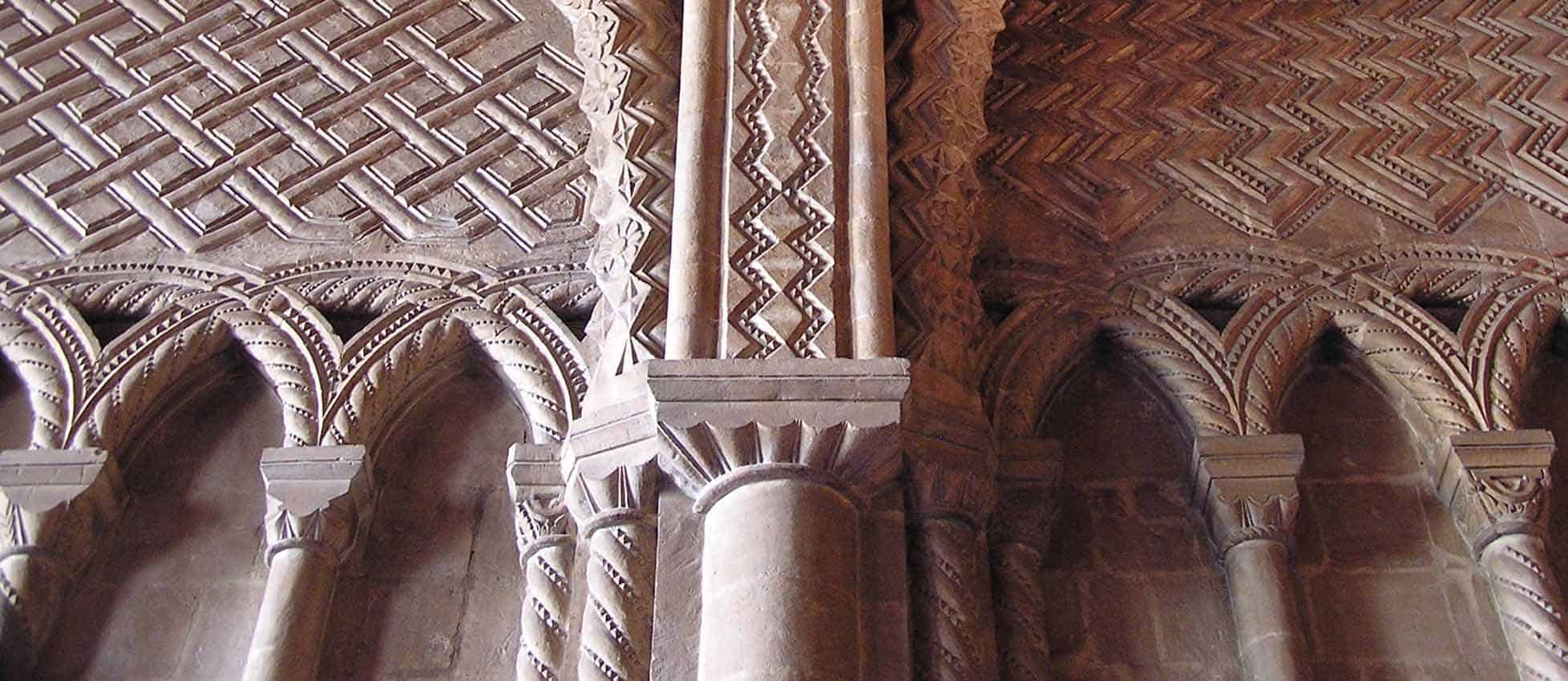
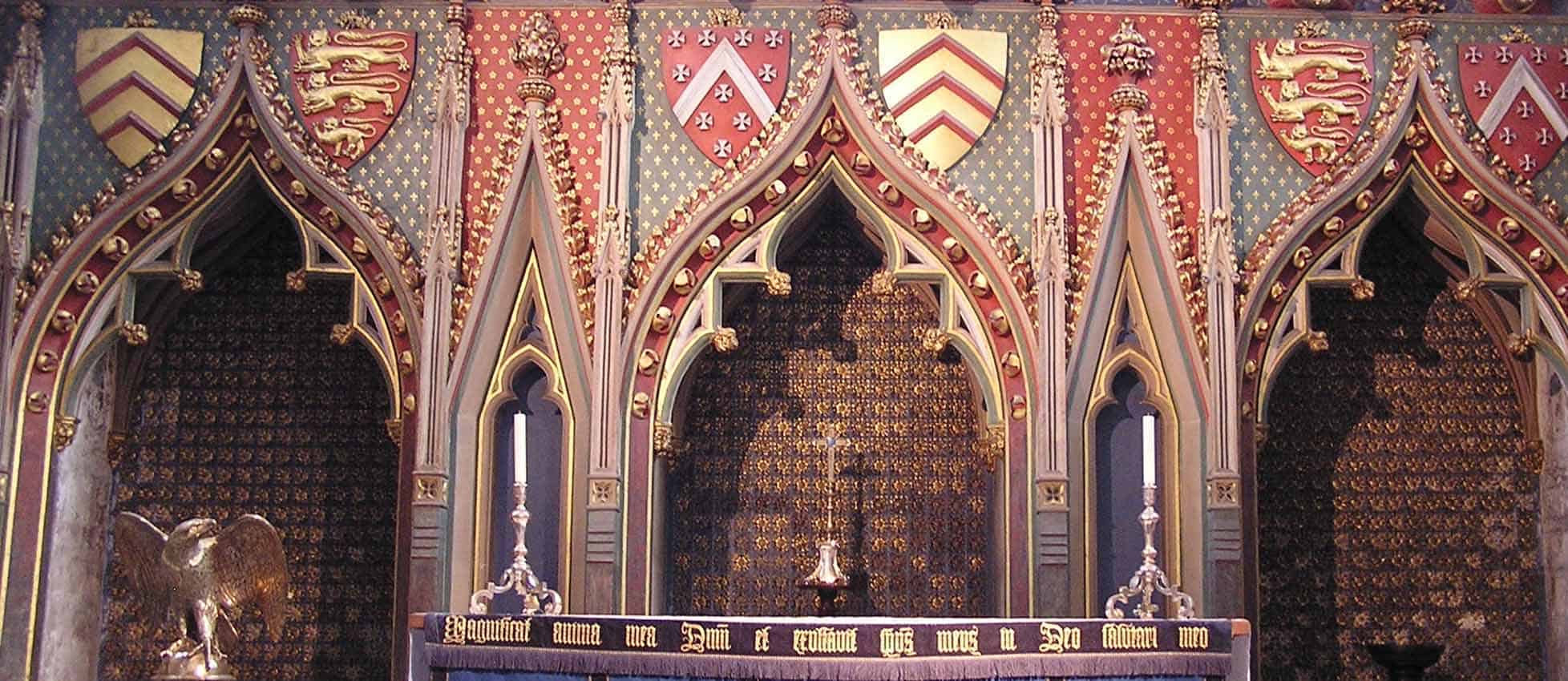
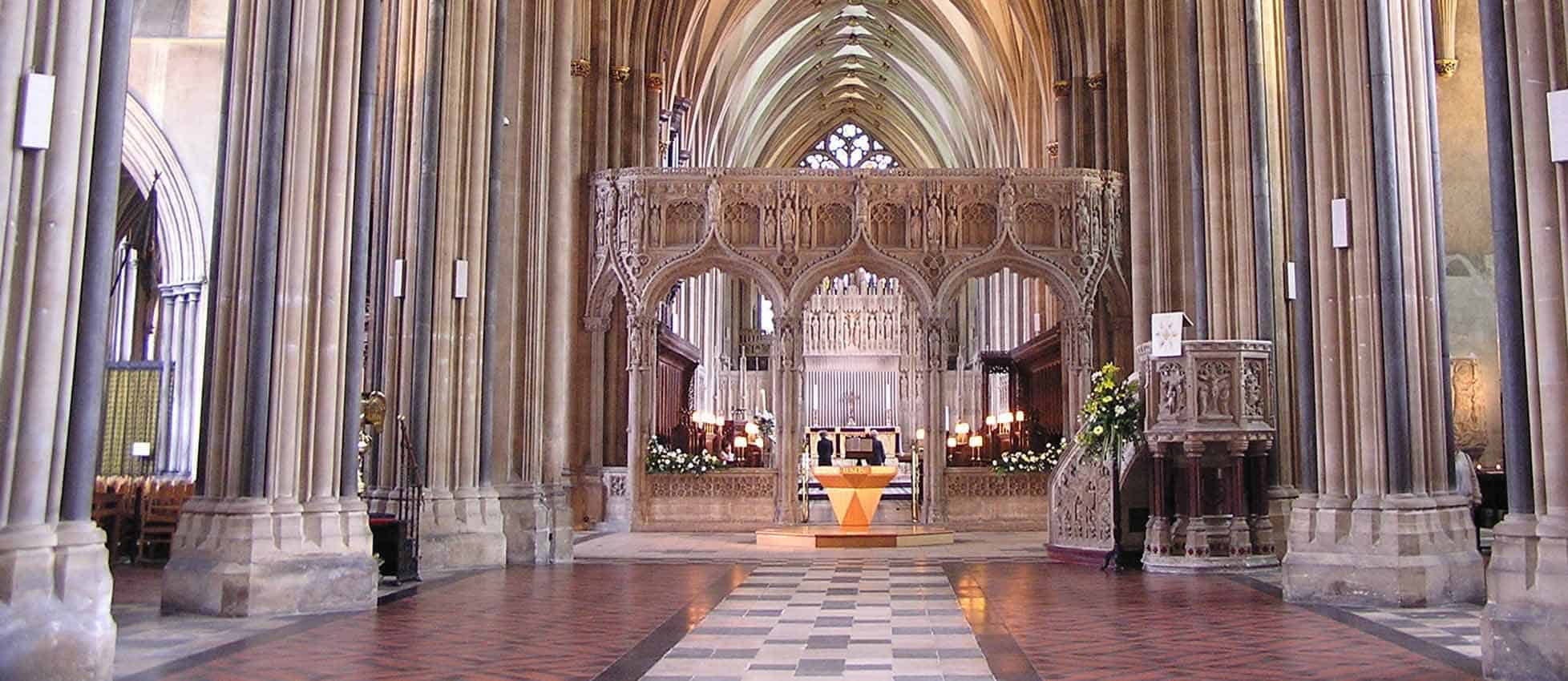
Bristol Cathedral
The noted architectural historian, Nikolaus Pevsner, described Bristol Cathedral as ‘superior to anything else built in England, and indeed Europe, at the same time’. It was in the twelfth century that an Augustinian Abbey was founded on the site by prominent local citizen, Robert Fitzharding. The remains of the abbey can still be seen in the stunning Chapter House, the Abbey Gatehouse and the buildings of Bristol Cathedral Choir School. However, it is the east end of the Cathedral which delighted Pevsner and is particularly special; it is one of the finest examples in the world of a medieval ‘hall church’. This means that the vaulted ceilings in the nave, choir, and aisles are all at the same height, creating a lofty and light space with a series of elegant arches. The original abbey was dissolved by Henry VIII’s commissioners in 1539, and the nave that was being rebuilt at the time was never completed. The Church became a Cathedral in 1542 but did not get a new nave until the 1860s. Noted architect, G.E. Street, designed a new nave in a Gothic Revival design that mirrored the architecture of the hall church. J.L. Pearson then added the two towers at the West End and a further re-ordering of the interior was completed in the early part of the twentieth century. The choir screen, which separates the nave from the east end of the church, the reredos (or screen behind the altar), and the pulpit were added at this time.
Latest news from Bristol Cathedral
Updated – Cathedral Peregrine Webcams
As we enter the 2024 nesting season for Peregrine falcons – here is an update on all the
Black History Month
A number of our cathedrals will hold services including Southwark Cathedral where a
Festival of Evensong – Bristol Cathedral
Bristol Cathedral is opening its doors for a Festival of Evensong next week celebrating the
Commemorating Windrush 75: Bristol Cathedral
Bristol Cathedral is commemorating Windrush 75 with two photographic exhibitions and a spoken
Luxmuralis – Autumn Cathedral Roadshow
Cathedrals will be transformed this autumn with a range of arts programming from the creative